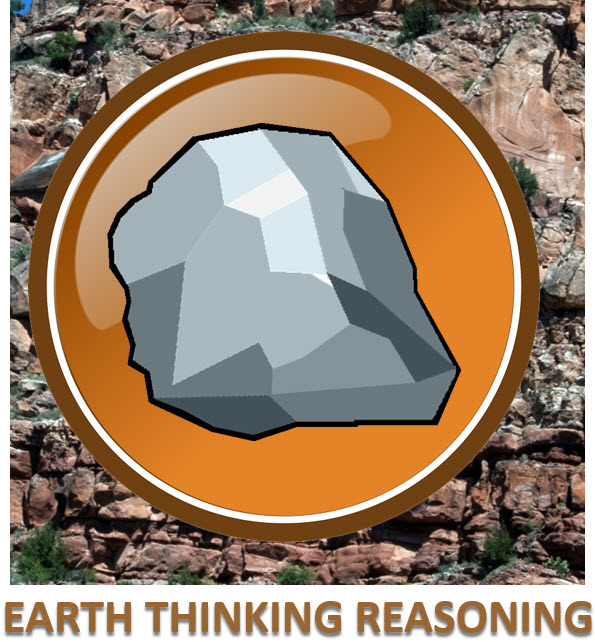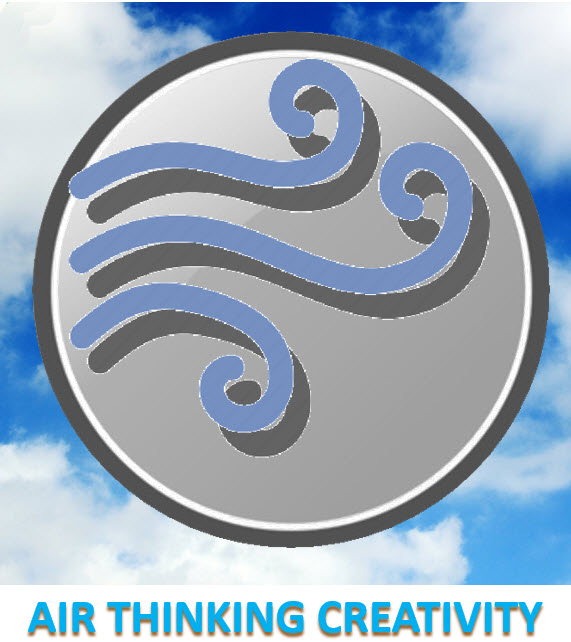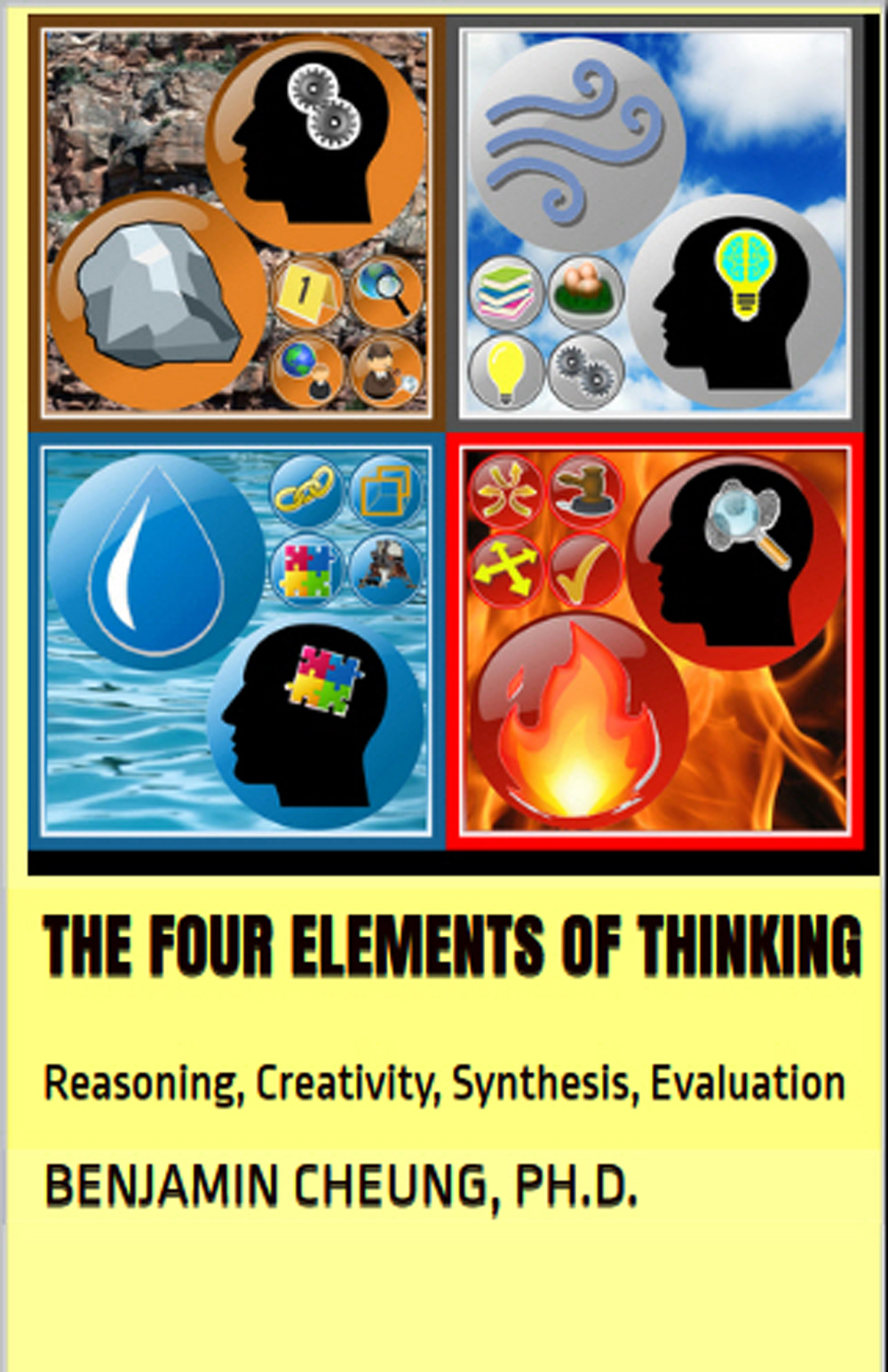WATER THINKING
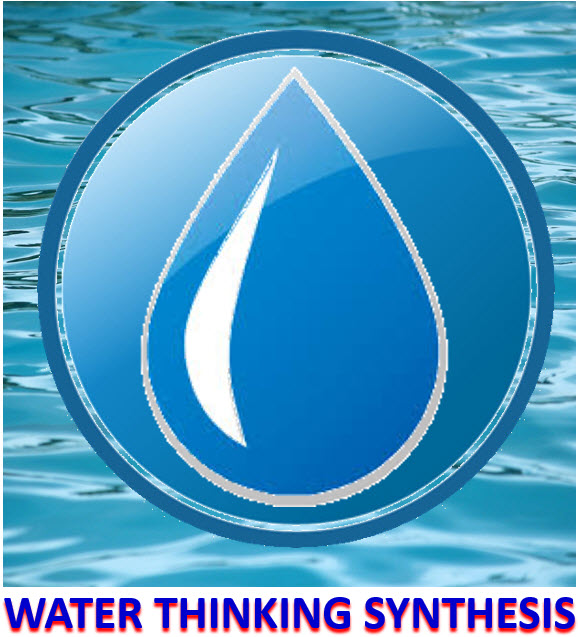
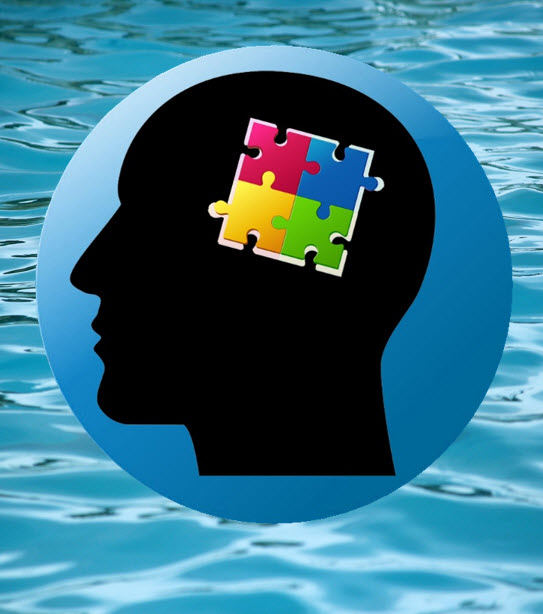
The aspect of thinking represented by Water is synthesis thinking. Synthesizing ideas involves linking them together through association. The objective of the Water element of thinking is to find meaningful associations and identifying the big picture. As mental associations are developed, patterns will emerge. As you uncover associations between ideas, they will provide valuable insights. Synthesizing ideas together is a fundamental aspect of thinking. The Water element of thinking integrates ideas together, and finds ways that concepts can mutually support each other. The act of synthesizing ideas results in a better understanding of the context of the problem. A big picture perspective of the problem will emerge from your efforts (Gharajedgaghi, 2005).
·
LINKING
The hallmark of the water element of thinking is to integrate ideas together with the objective of gaining insight and a greater perspective of the system. You need to be tolerant of conflicting ideas. The Water element of thinking facilitates the linking of ideas in an objective manner. At the heart of the water element of thinking is to find connections to understand the system, gain greater perspective which will inspire new solutions. Through this enhanced understanding, you will see hidden patterns and gain a greater view of context and environment of the system.
·
PERSPECTIVE
When you step back, you can see the forest through the trees. Perspective comes when you can see the city through the skyscrapers. While close to the ground we see fields, and rivers. In the sky, you can see that the earth is a sphere. When you assemble a jigsaw puzzle, a big picture emerges from the pieces. As you read this book, words form the sentences which form chapters that describe the concepts that comprise the four elements of thinking. Life is full of hidden patterns. Perspective is "macro-linking" seeing linkages broadly between whole systems.
·
SYNTHESIS
The synthesis of two things is another aspect of Water thinking. Many key developments in history have synthesized two systems together. For example, the concept of interchangeable parts and an assembly line produced automobile factories. The synthesis of an assembly line with food distribution is the basis of the fast food industry. The Automat was the first modern fast food restaurant. It opened in New York on July 7, 1912 (Maeder, 1999). The synthesis of the concept of lifting bodies (in wings) with the concept of turbine engines resulted in the jet plane. On August 27, 1939, in Marienehe, Germany, the Heinkel HE-178 became the first jet aircraft to be flown (Yenne, 1993). Bringing together electricity (transmission) and magnetism (fluctuating diaphragm), Alexander Graham Bell produced the first landline telephone in 1876 (Grosvenor & Wesson, 2016). In 1879, the concept of the Arc Light was synthesized with a vacuum to produce a carbon filament light bulb by Thomas Alva Edison (Simmons, 2016). Steve Jobs and Steve Wozniak married the microprocessor to the idea of personalization to produce the personal computer. They introduced the Apple I computer on April 1, 1976 (Dorf & Byers, 2005). Many landmark inventions resulted from the synthesis of ideas. Many books on technology describe how the synthesis of ideas produces new inventions. One of the best of these is the book "Connections" by James Burke (Burke, September 1995). Most systems have critical points where small events can potentially have great impact. You will gain invaluable insight by learning how to identify pivotal root causes.
·
PIVOTS
Not all events in time are created equal. Some developments, events, ideas, and creations are more important to us than others. Pivotal ideas start a domino of events whose repercussions echo through time. The actions and ideas of some people create important watershed moments. Pivots are important to understand to gain a greater perspective and context on a situation which creates a foundation of knowledge to build solutions from (Gladwell, 2002).
EXPLORE
